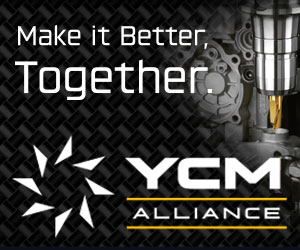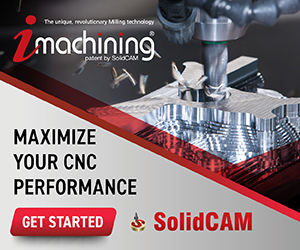High Efficiency or High-Feed Milling?
Sponsored ContentEnabled by new cutting tool and CAD/CAM technology, the cutting strategies of high-efficiency and high-feed milling are now within reach of any shop. Each can dramatically increase roughing metal removal rates yet provide significantly longer tool life.
Share
There’s some good news for those of you looking to boost the productivity of your existing machining centers. Enabled by new cutting tool and CAD/CAM technology, the cutting strategies of high-efficiency and high-feed milling are now within reach of any shop. Each can dramatically increase roughing metal removal rates yet provide significantly longer tool life.
High-efficiency milling uses solid carbide end mills with small stepovers, but faster feed rates and deeper depths of cut. High-feed milling is pretty much the opposite. It uses an indexable cutter with a shallow depth of cut, high feed rates and larger stepovers. Both provide a means to cut faster than conventional roughing, and CAM systems can now generate the toolpaths to get the most from each strategy.
Which is best? To help answer that question, cutting tool manufacturer Kyocera Precision Tools—which makes both types of tools—ran a series of cutting tests to see how each would perform in side-by-side comparisons. Here’s what it found.












.jpg)



